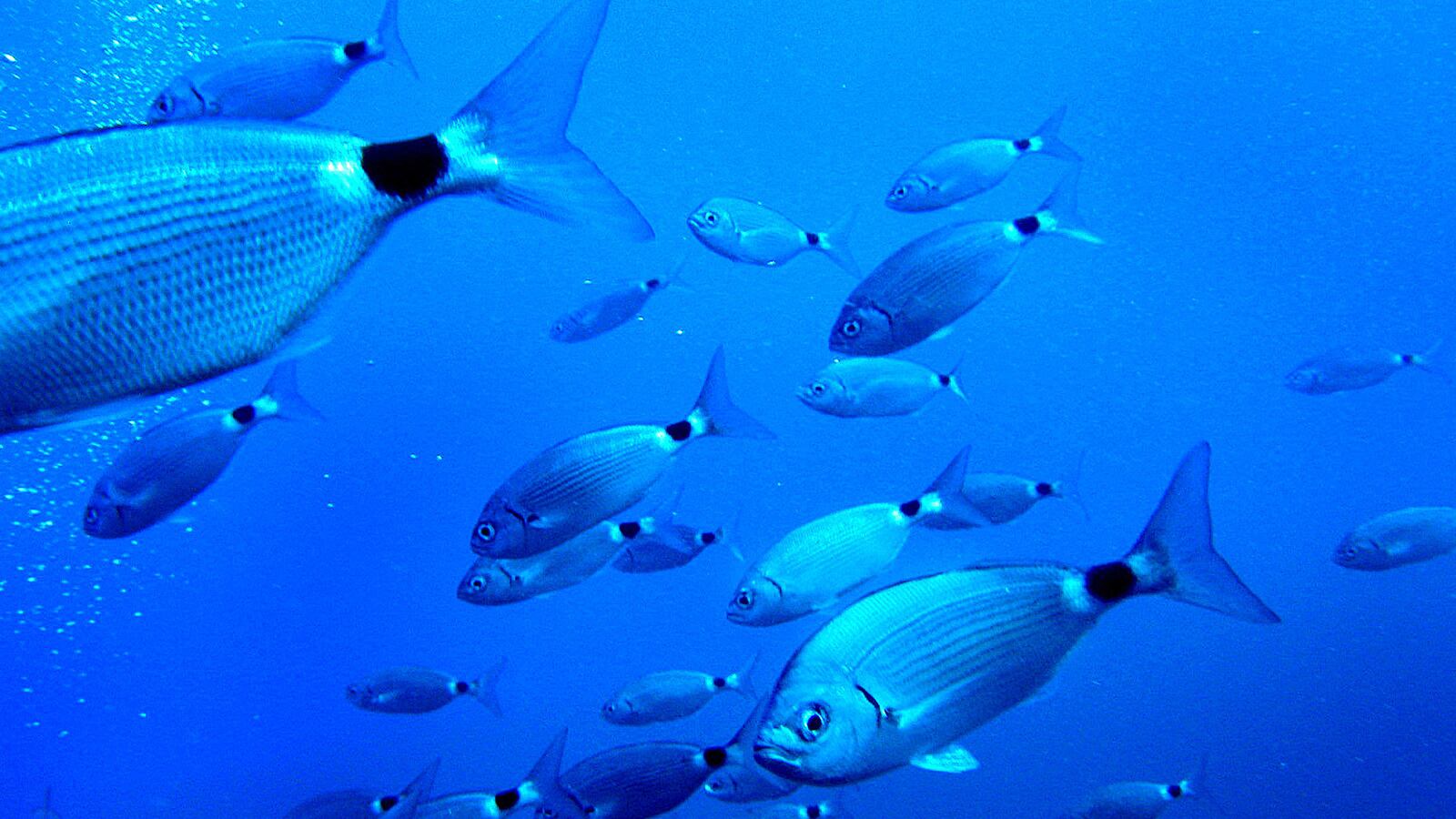There’s something huge lurking unseen in the Pacific Ocean. It’s driving marine life far out of their normal territories. It’s alarming top scientists. No, it’s not Godzilla, or those huge Pacific Rim creatures, or even the huge gyre of trash and plastic, affectionately dubbed the Great Pacific Garbage Patch.
Instead it’s a massive “blob” of warm water, and it’s potentially screwing with weather patterns and helping create California’s drought.
Starting in 2013 and stretching some 500 miles from Alaska south, the Blob a circular region where water temperatures are about five degrees Fahrenheit warmer than the normal temperature of the surrounding water.
Seems innocuous enough, right?
When one considers the mayhem that climate change is having on the Earth right now, and that those changes are sparked by about a one degree increase, it puts things a little more in perspective. It’s also the highest such temperature increase ever recorded.
It’s causing things to get really weird. Like tropical-fish-in-Alaska weird.
“The North Pacific hasn’t been this warm ever, as far as anyone knows. It’s really strange,” said Bill Peterson, oceanographer with NOAA’s Northwest Fisheries Science Center in Newport, Oregon told the Seattle Times. “It looks like an El Niño, but it really isn’t.”
University of Washington research meteorologist Nicholas Bond has a theory. He, along with several other scientists, published a paper on the blob last month, calling it the result of a weather pattern called a high-pressure ridge.

This particular ridge lingered from the North Pacific across much of North America from October 2013 to February 2014. The ridge caused, among other things, much weaker than normal winds, and thus a lower than normal heat transfer rate between the ocean and the atmosphere and slowed colder water from entering the “Blob.” The ridge also diverted cold northern air into the middle and eastern United States, lending itself to a much harsher than average winter.
The lack of winds also causes the ocean to stir less. The relative-stillness means much needed nutrients aren’t spread around as much, or pulled from the depths. This causes a chain reaction up the food chain and could be one of the causes of the rash of malnourished baby fur seals that have been washing up on California beaches.
“This is the Super Bowl of climate anomaly,” Art Miller, PhD with Scripps Institution of Oceanography noted, after attending a special think tank on the Blob at Scripps.
Currently, the Blob has split into two, severed by the seasonal spike in cold water in Northern California. But 2015 is turning out to be a strong El Niño year, in which warmer than average waters appear in the equatorial Eastern Pacific, and no one knows how those conditions will affect it.
As for now, scientists are watching, waiting and analyzing.






